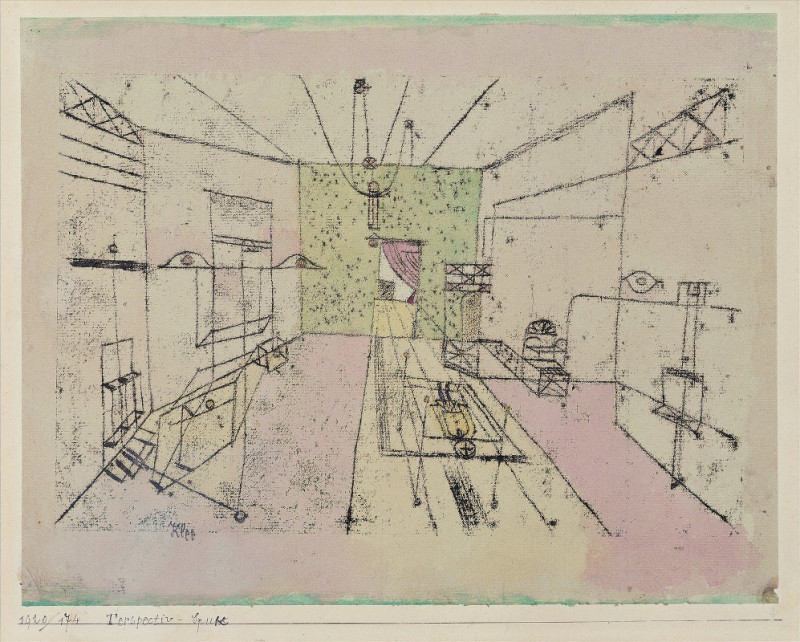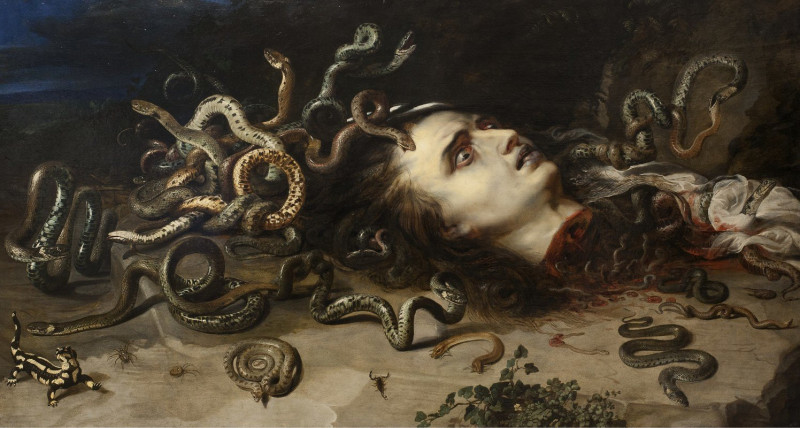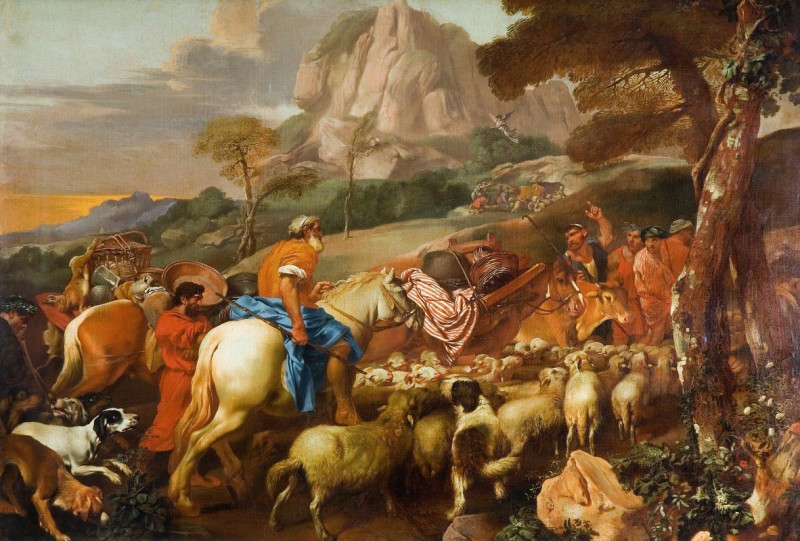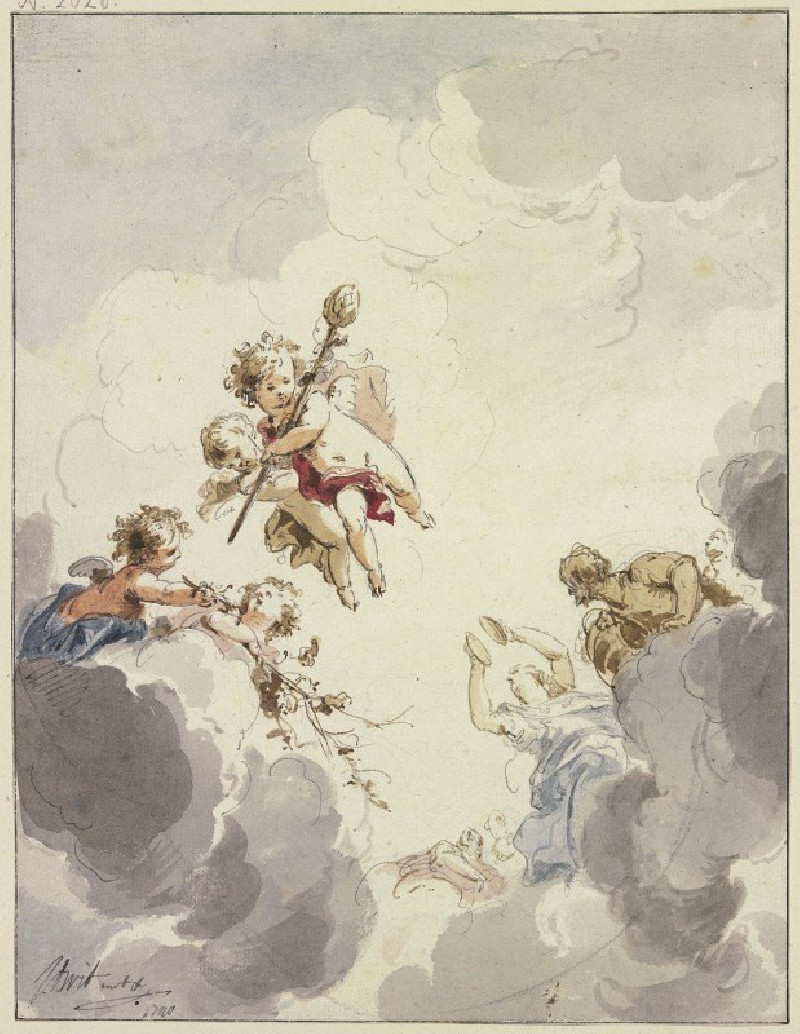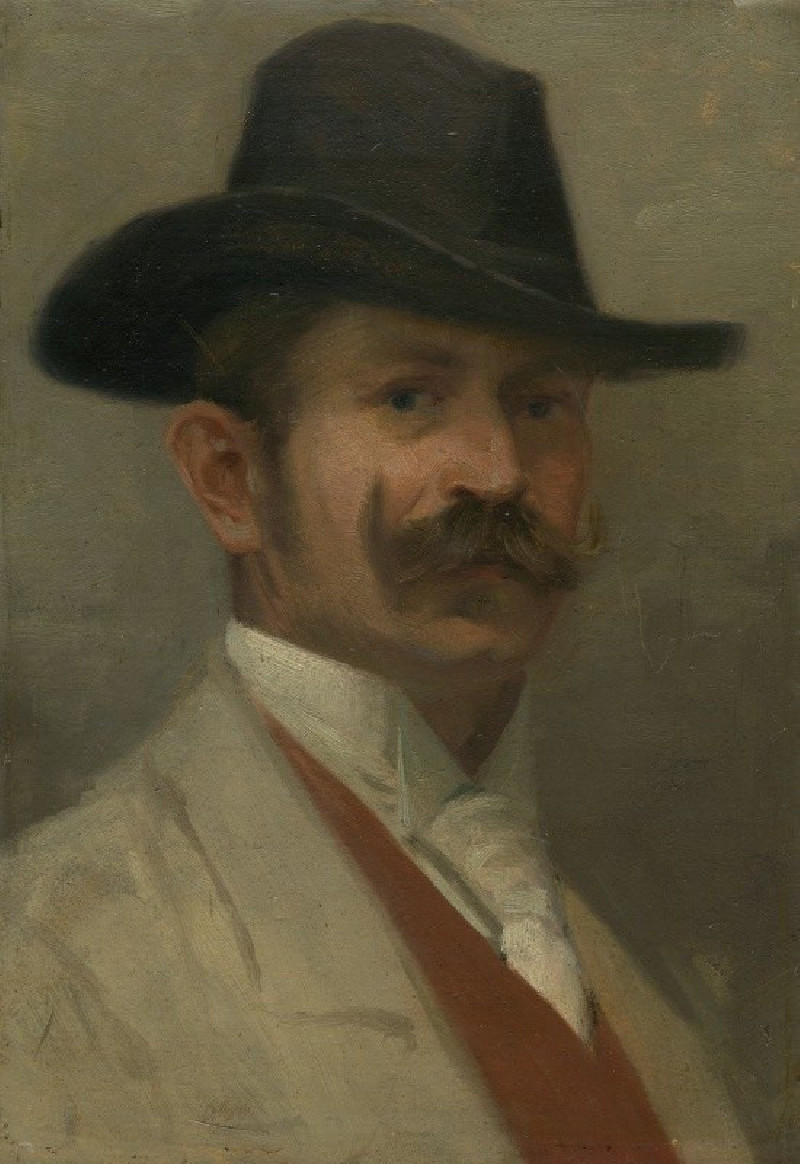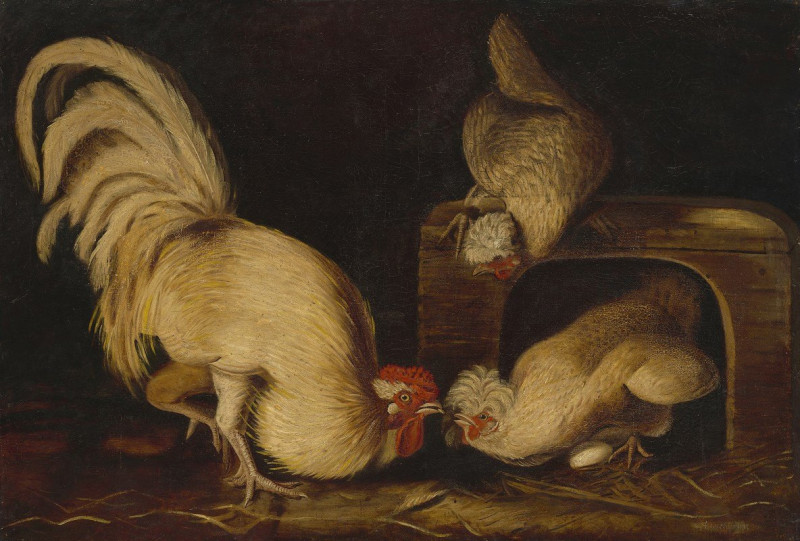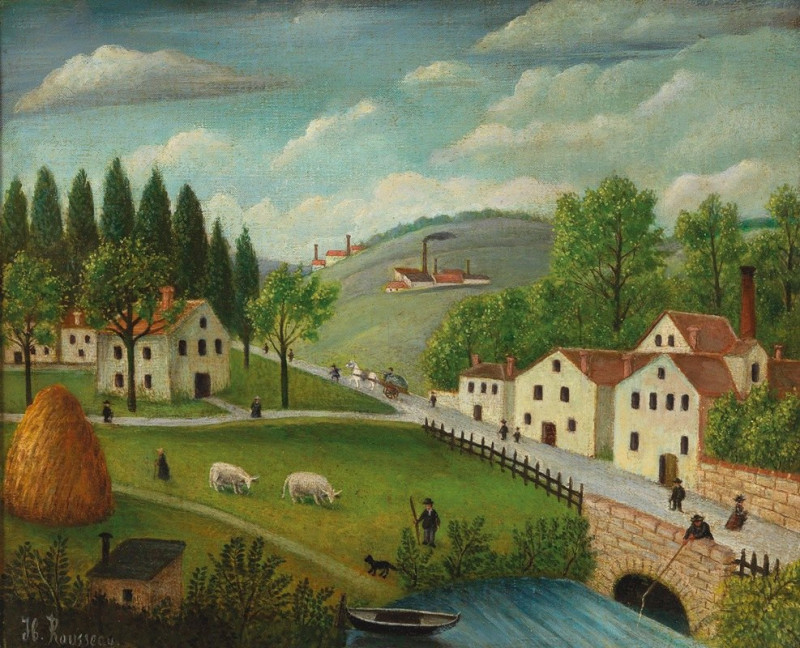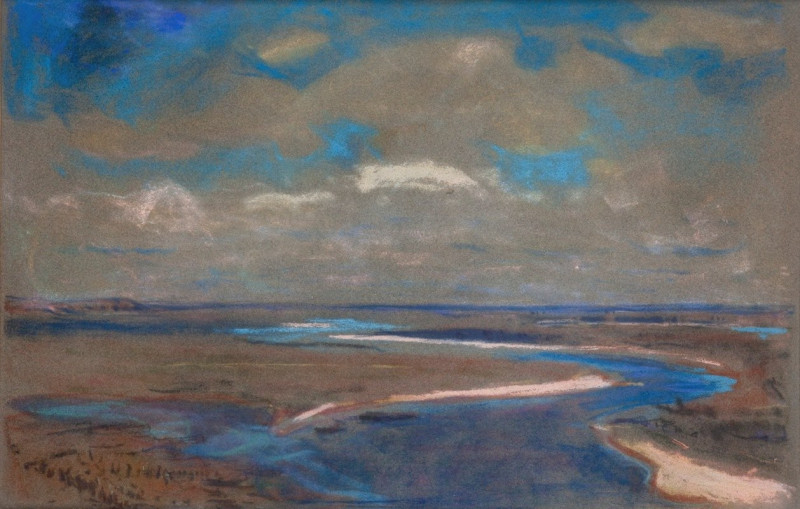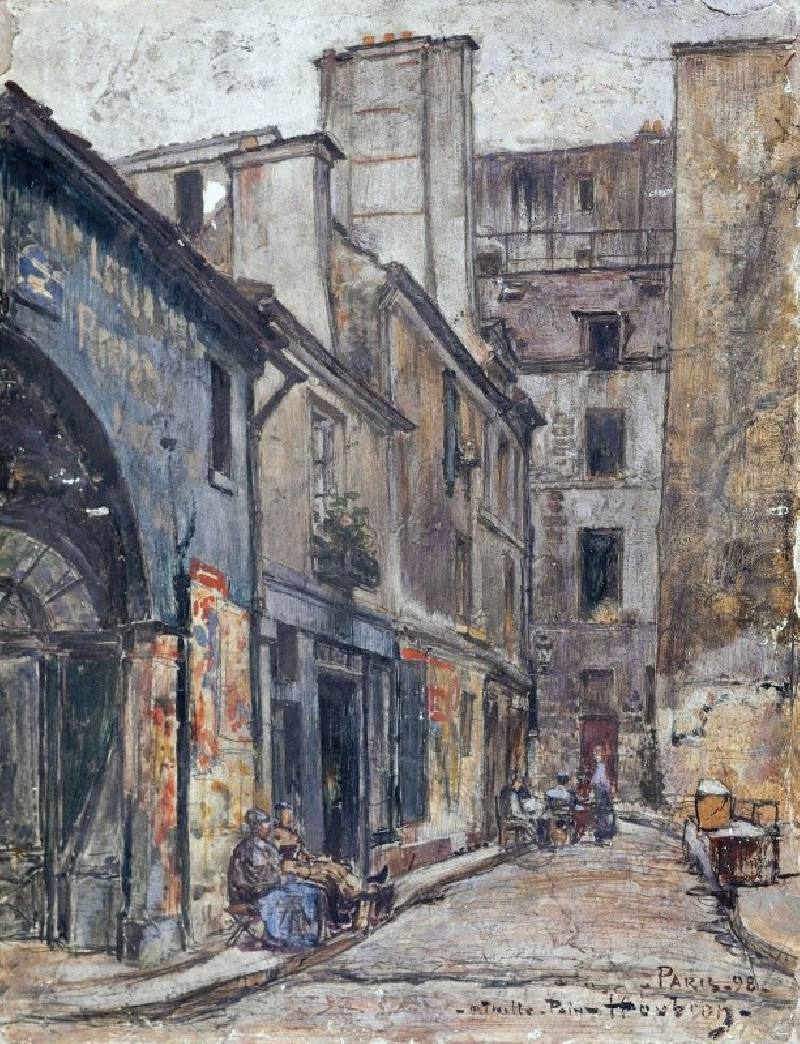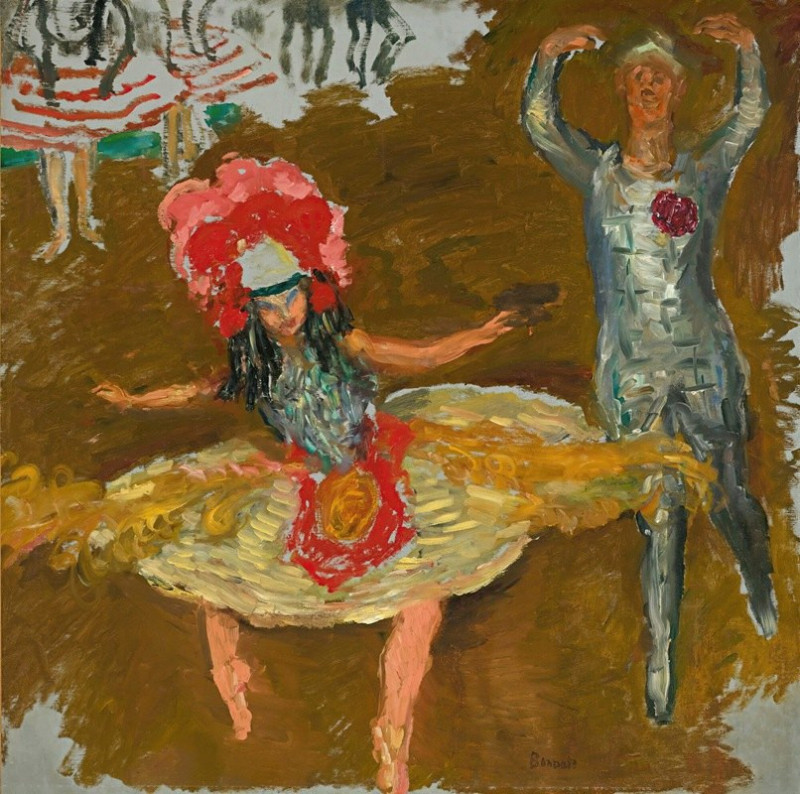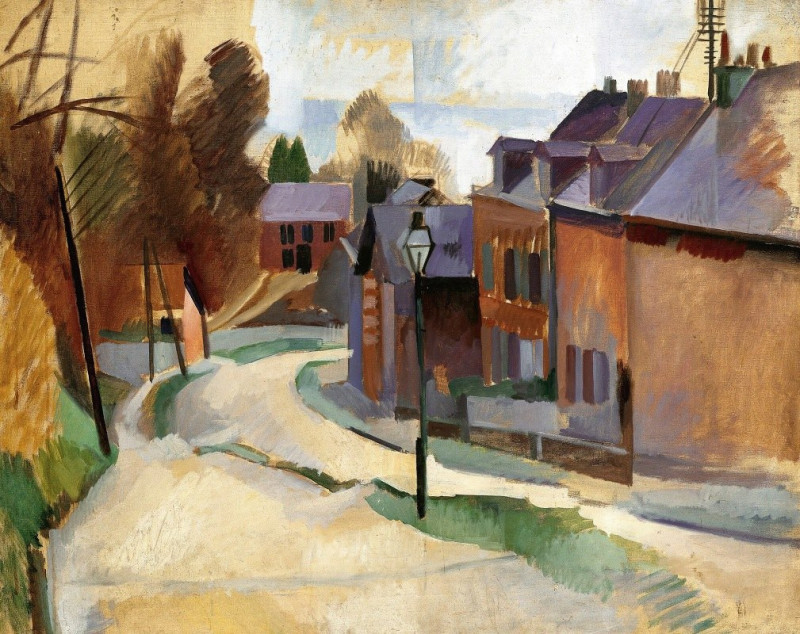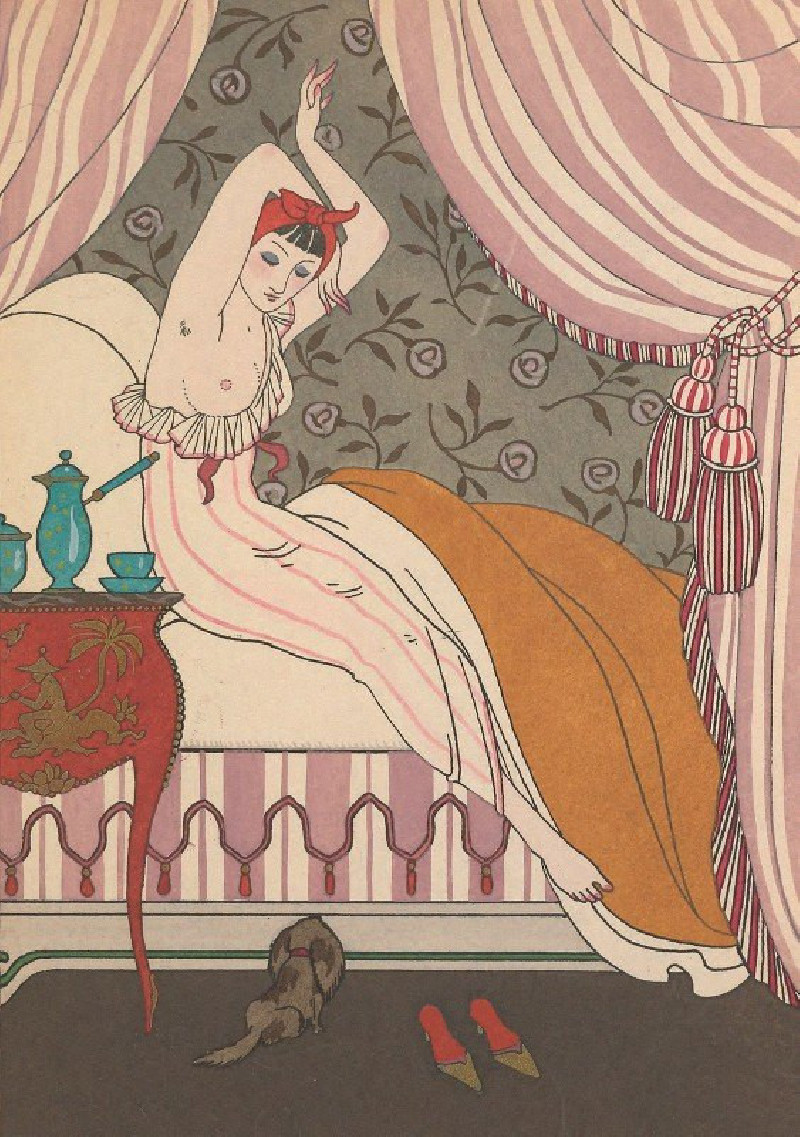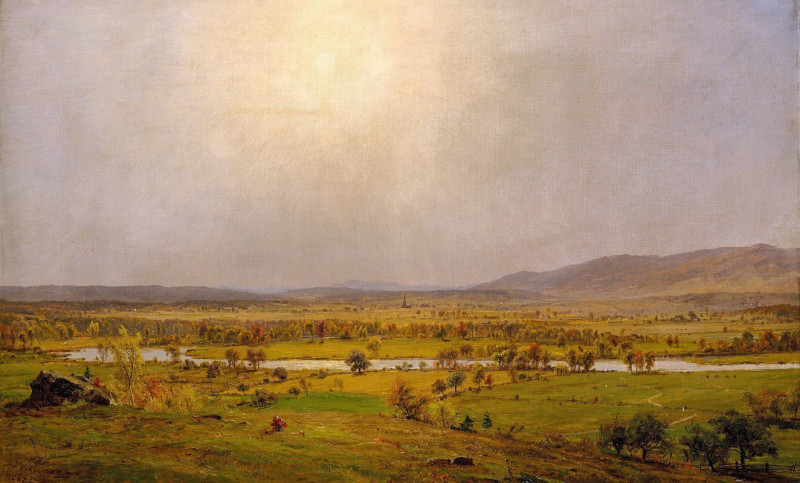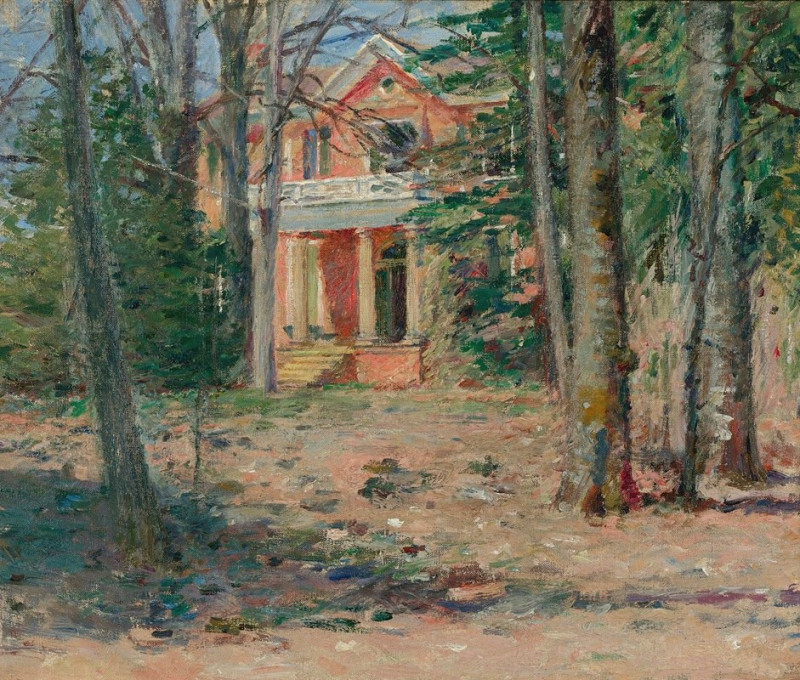Phantom Perspective (1920)
Technique: Giclée quality print
Recommended by our customers
More about this artwork
"Phantom Perspective," painted in 1920 by the renowned Swiss-German artist Paul Klee, is a mesmerizing work that invites viewers into an intricate and surreal architectural space. This piece stands out due to its experimental approach to perspective and depth, which almost seems to dissolve the traditional boundaries between spatial dimensions.The artwork depicts a room or series of interconnected spaces, rendered in a delicate web of fine lines and subtle colors that appear almost dreamlike in quality. Some aspects of the room are distinctly outlined, such as the windows and furniture. The use of light color washes contributes to the ethereal and ghostly atmosphere, suggesting walls and boundaries that might not be entirely solid or real.Unique features such as eyes and celestial forms are interspersed throughout, hinting at a deeper symbolic or metaphysical theme. These elements contribute to the painting's enigmatic aura, encouraging viewers to question what they are seeing and to ponder the deeper meanings behind the apparently ordinary domestic scene.Through "Phantom Perspective," Klee challenges our perceptions, blending the familiar with the fantastical, and pushing the viewer to explore beyond the surface into realms of abstract thought and interpretation.
Delivery
Returns
Paul Klee was a Swiss-born German artist. His highly individual style was influenced by movements in art that included expressionism, cubism, and surrealism. Klee was a natural draftsman who experimented with and eventually deeply explored color theory, writing about it extensively; his lectures Writings on Form and Design Theory (Schriften zur Form und Gestaltungslehre), published in English as the Paul Klee Notebooks, are held to be as important for modern art as Leonardo da Vinci's A Treatise on Painting for the Renaissance.

